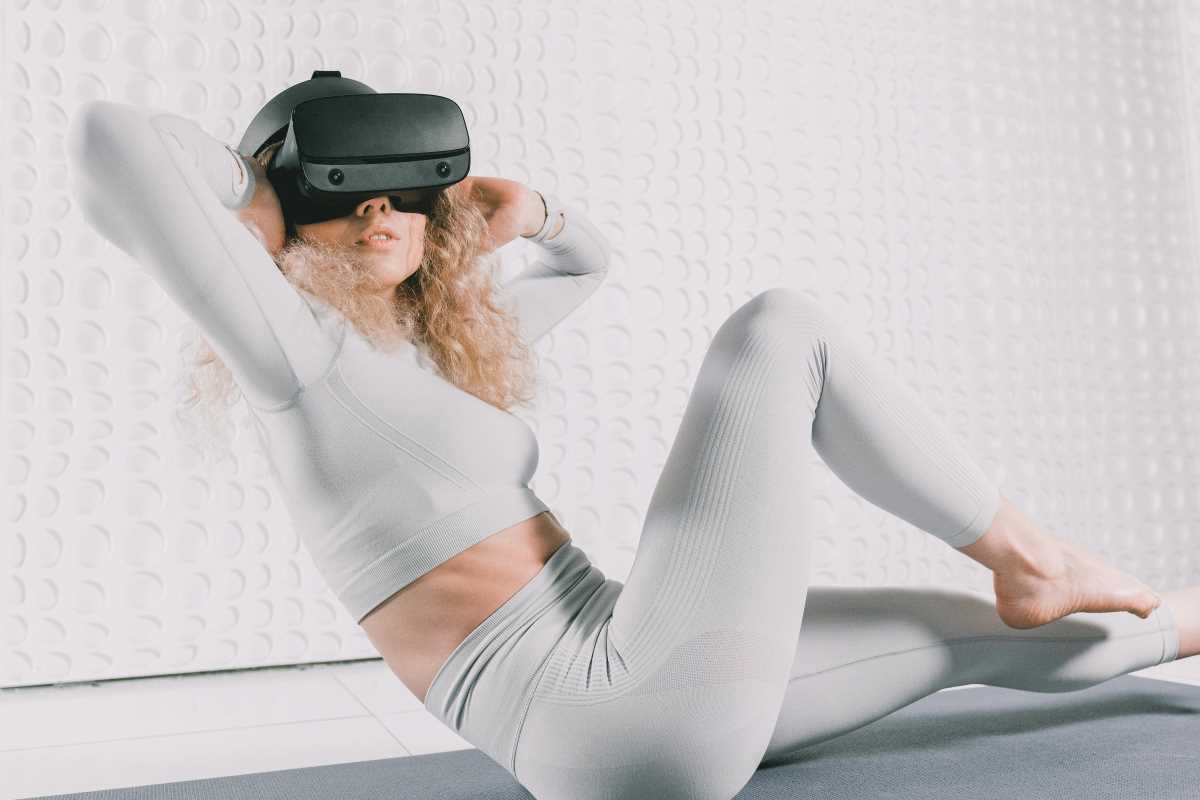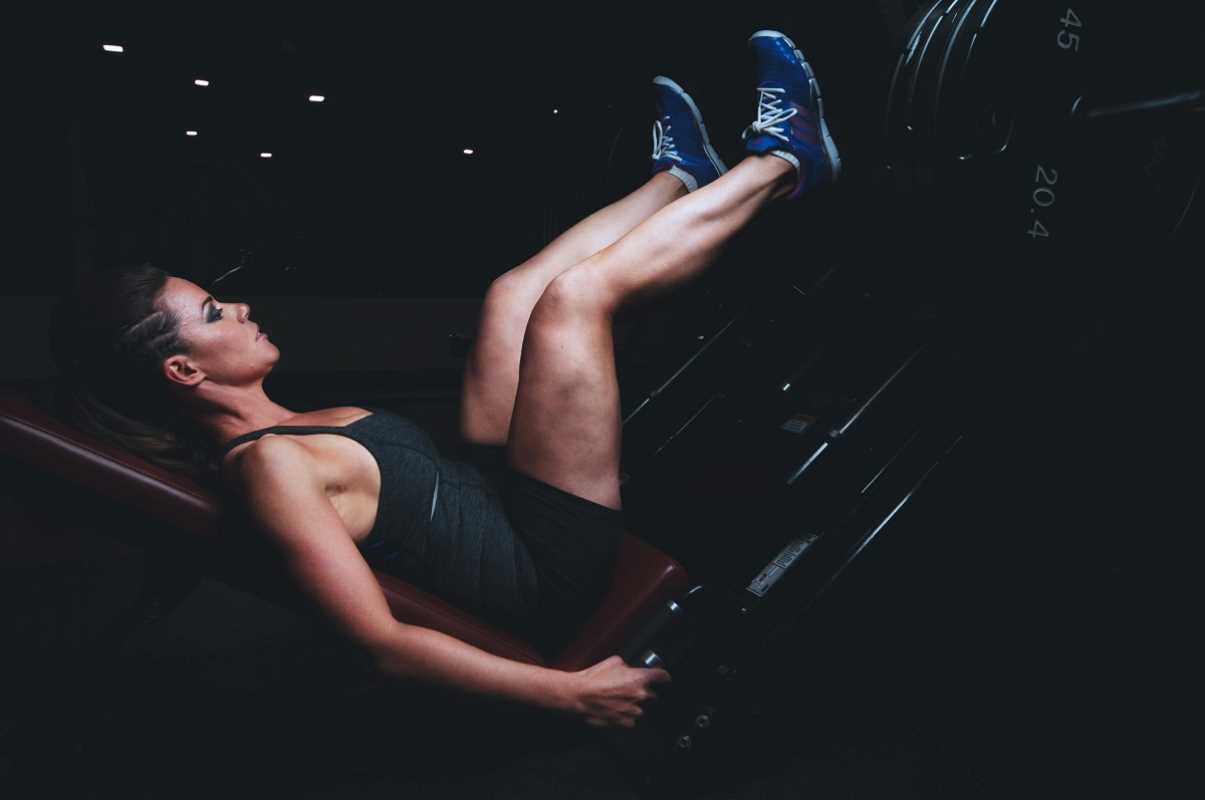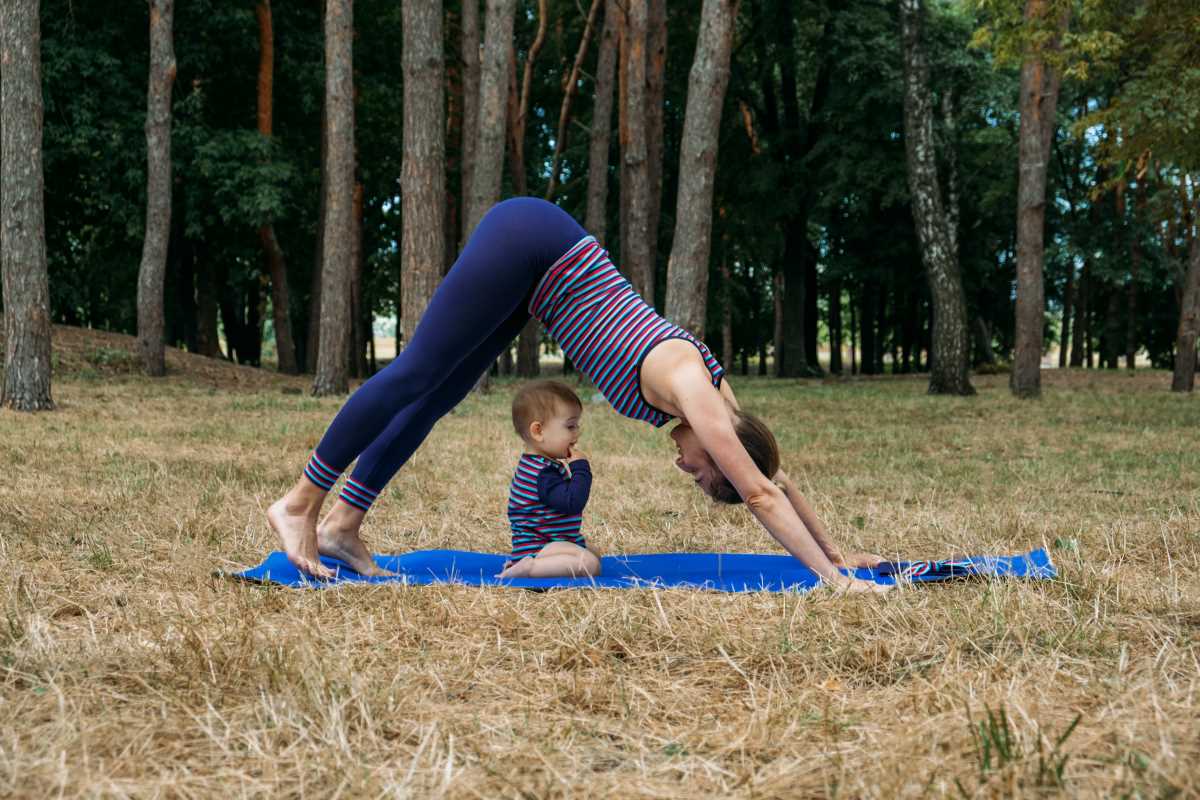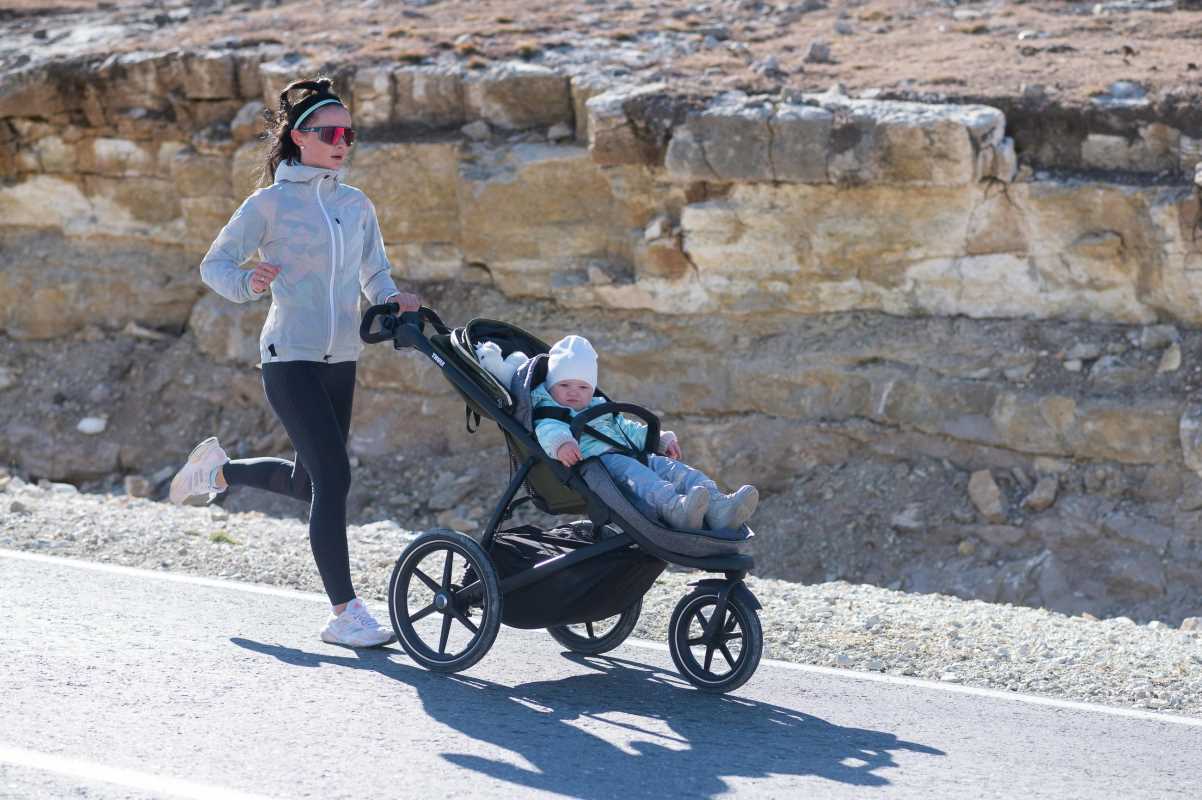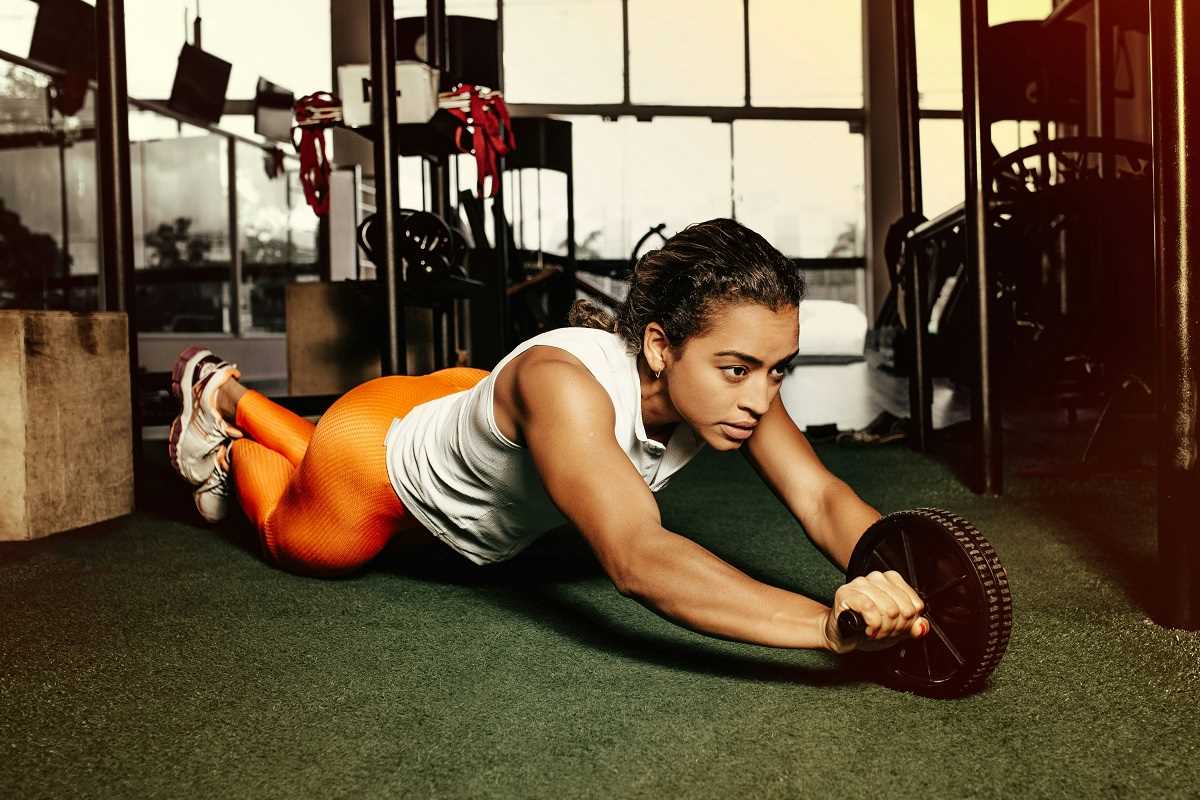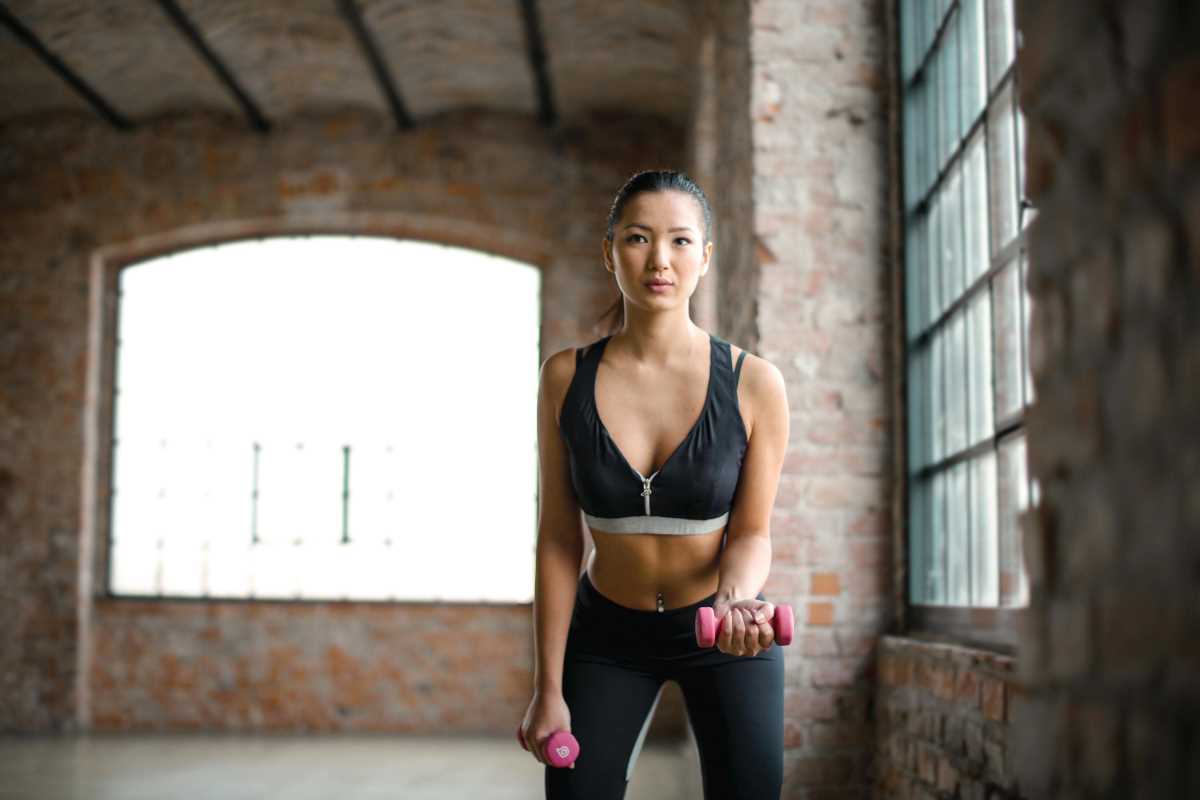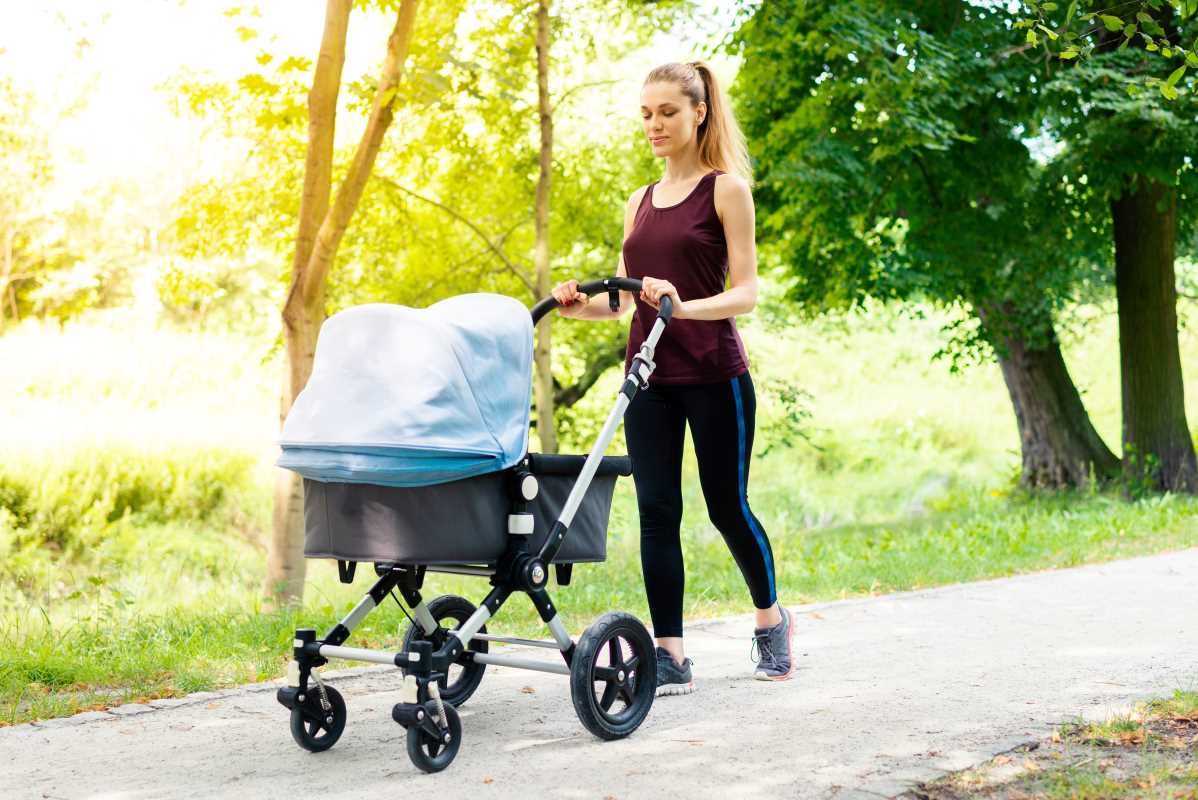Yoga is more than just a practice; it’s a way to connect with your body, mind, and breath. While the core of yoga requires nothing more than your body and a mat, incorporating fitness tools into your routine can offer fresh ways to deepen your practice, enhance your flexibility and strength, and make poses more accessible or challenging.
If you’re ready to take your yoga practice to the next level, this guide will introduce you to essential fitness tools like resistance bands, yoga blocks, straps, wheels, and more. With these accessories, you can customize your flows, target specific muscle groups, and explore poses in new ways. Whether you’re a beginner or a seasoned yogi, these tools are here to support and elevate your practice.
1. Resistance Bands
Resistance bands may not be a traditional yoga accessory, but they’re a game-changer when it comes to building strength and stability in your poses. These elastic bands come in various levels of resistance, making them versatile and suitable for all fitness levels.
How to Use Them:
- Strength Building: Place a resistance band around your thighs during poses like Chair Pose (Utkatasana) or Bridge Pose (Setu Bandhasana) to activate your glutes and thighs.
- Added Support: Use the band in Warrior III (Virabhadrasana III) by holding it with your hands as you stretch one leg back, helping you improve balance and alignment.
- Dynamic Stretching: Incorporate resistance bands during warm-up stretches for your shoulders, hamstrings, and hips.
Benefits:
- Builds muscular strength and endurance.
- Adds support for stability in balancing poses.
- Improves range of motion with assisted stretches.
Opt for fabric or loop-style resistance bands for yoga to avoid slipping on sweaty skin.
2. Yoga Blocks
Yoga blocks are one of the most popular and beginner-friendly tools to integrate into your practice. Made from foam, cork, or wood, blocks serve as extensions of your arms and help bring the floor closer to you in certain poses.
How to Use Them:
- To Modify Poses: Place a block under your hands in poses like Triangle (Trikonasana) or Forward Fold (Uttanasana) to reduce strain on your hamstrings and back.
- For Balance: Use a block between your thighs in Bridge Pose to engage your inner thighs and improve alignment.
- For Restorative Yoga: Place a block under your sacrum in Supported Bridge Pose for a gentle backbend or rest your head on one during Child’s Pose for added comfort.
Benefits:
- Makes poses more accessible by reducing the range of motion required.
- Helps with alignment, balance, and stability.
- Enhances relaxation during restorative yoga.
Cork blocks provide extra stability and grip, making them ideal for more intense poses.
3. Yoga Straps
Flexibility is a key component of yoga, and a yoga strap can be an excellent tool for safely stretching deeper into poses. Straps are essentially long, durable belts with a D-ring or buckle, allowing you to adjust their length.
How to Use Them:
- For Hamstring Stretching: Loop a strap around the sole of your foot in Seated Forward Bend (Paschimottanasana) to gently stretch your hamstrings without rounding your spine.
- Arm Extensions: Use a strap to clasp your hands in poses like Cow Face Pose (Gomukhasana) if your flexibility doesn’t yet allow you to fully reach.
- Support for Bind Poses: Straps can bridge gaps in poses that require binds, such as Bound Extended Side Angle Pose (Baddha Utthita Parsvakonasana).
Benefits:
- Improves flexibility safely.
- Reduces strain on muscles or joints by acting as an extension.
- Builds confidence as you work toward deeper stretches.
Look for adjustable straps that are at least 8 feet long to accommodate a wide range of uses.
4. Yoga Wheels
If you’re looking for a tool to deepen backbends or improve spinal flexibility, a yoga wheel is your best companion. This circular prop helps open up the chest, shoulders, and hips while also assisting with posture correction.
How to Use Them:
- Deepening Backbends: Lie back on the wheel in poses like Camel Pose (Ustrasana) to safely deepen the stretch in your spine and chest.
- Balance Practice: Stand on the wheel (with ample support nearby) for an advanced challenge in balance and core strength.
- Core Engagement: Use the wheel for abdominal drills by rolling out into Plank Pose and back.
Benefits:
- Supports deeper bending and stretching in advanced poses.
- Strengthens core stability and balance.
- Relieves tightness in the chest, shoulders, and upper back.
Start with smaller movements until you’re comfortable using the wheel for fuller backbends or dynamic flows.
5. Bolsters and Cushions
For those who love restorative or yin yoga, bolsters are must-haves. These soft, firm cushions provide extra support and relaxation during long holds or passive stretches.
How to Use Them:
- Reclined Poses: Place a bolster under your back in Reclined Hero Pose (Supta Virasana) or in Supported Fish Pose (Matsyasana) for a heart-opening stretch.
- Gentle Forward Bends: Rest your torso on a bolster in Child’s Pose (Balasana) or Seated Forward Bend for added comfort.
- Knee or Hip Support: Use a bolster under your knees in Savasana for additional lower-back support.
Benefits:
- Promotes deep relaxation and support for restorative poses.
- Reduces tension in tight areas like the hips and lower back.
- Helps beginners hold poses for longer without strain.
Firm bolsters work better for support, while softer ones offer more comfort in resting poses.
6. Yoga Socks and Gloves
If you’ve struggled with slipping during yoga sessions, especially in poses like Downward Dog, yoga socks and gloves can provide much-needed grip.
How to Use Them:
- Wear yoga-specific socks and gloves with built-in grips on your palms and soles to maintain stability when mats get slippery.
- Layer socks during warm yoga sessions to aid balance until your body heats up.
Benefits:
- Prevents slipping during poses.
- Adds comfort for people with sensitive feet or hands.
- Useful for yoga sessions where mats aren’t available.
Look for non-slip socks with breathable fabric to keep your feet cool during workouts.
7. Foam Rollers
While not strictly a yoga tool, foam rollers are excellent for releasing tight muscles and enhancing your post-yoga recovery.
How to Use Them:
- Roll out tight quads or hamstrings after an intense yoga flow.
- Use under your back to release tension in the shoulders and spine during gentle yoga-inspired stretches.
Benefits:
- Improves muscle recovery and flexibility.
- Reduces soreness after yoga sessions.
- Enhances relaxation through myofascial release.
Pair foam rolling with gentle yoga stretches for the ultimate post-workout cooldown.
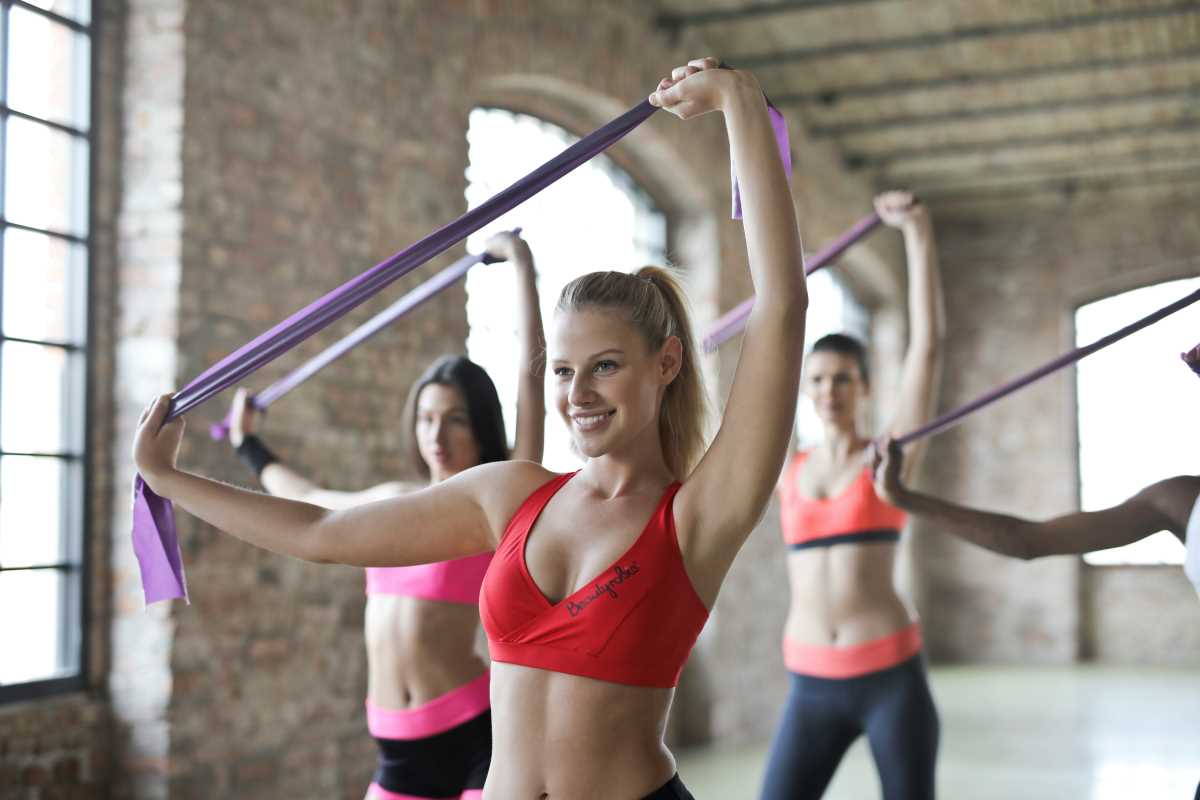 (Image via
(Image via